A surprising shift is happening in housing markets across the U.S.—in many places, buying a home is now cheaper than renting for the first time in years. This change stems from a mix of rising home prices, softening rents, and stubbornly high mortgage rates that haven’t fully shifted buyer behavior. While renting has dominated the conversation in recent times, several cities are bucking that trend—and renters there may want to think twice. Here are 14 cities where purchasing is now the more cost-effective path.
1. Pittsburgh, Pennsylvania

Pittsburgh has become an affordable outlier in a country where buying often costs more than renting. According to Realtor.com, the median monthly mortgage payment in Pittsburgh is around $1,199 compared to a $1,413 rent—making buying about $214 cheaper. This makes Pittsburgh one of only two major metros where owning remains a better deal than renting. In 2025, it’s a rare spot for cost-conscious renters ready to buy.
The city also benefits from moderate home prices and stable job opportunities in healthcare and education. Neighborhoods like Lawrenceville and the North Shore offer walkable communities at accessible price points. Buyers here can expect a more predictable housing cost compared to other metros. The cost advantage won’t last forever, but it’s significant right now.
2. Detroit, Michigan
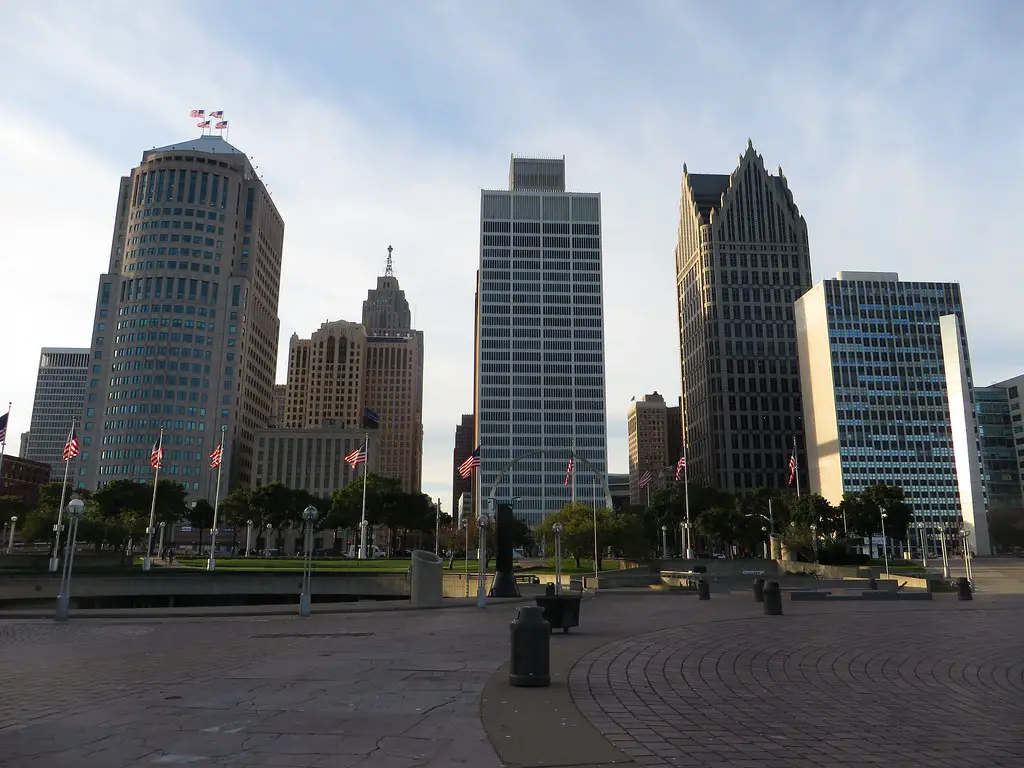
Detroit has made a dramatic comeback in affordability, offering another rare example where buying beats renting. Mortgage payments in the city average around $1,252 per month versus $1,313 in rent—making buying about $60 cheaper, per Realtor.com. With home prices well below national averages, Detroit sellers and buyers are finding real advantages. The city’s turn in fortunes means buyers can get equity, not just a place to live.
Detroit still carries the weight of economic resets, but revitalization efforts have brought stable neighborhoods and job growth. Lower taxes and generous homebuyer incentives in some areas sweeten the deal. While there are still risks with older homes, the financial upside is strong. It’s a place where renters can build equity and community simultaneously.
3. Cleveland, Ohio
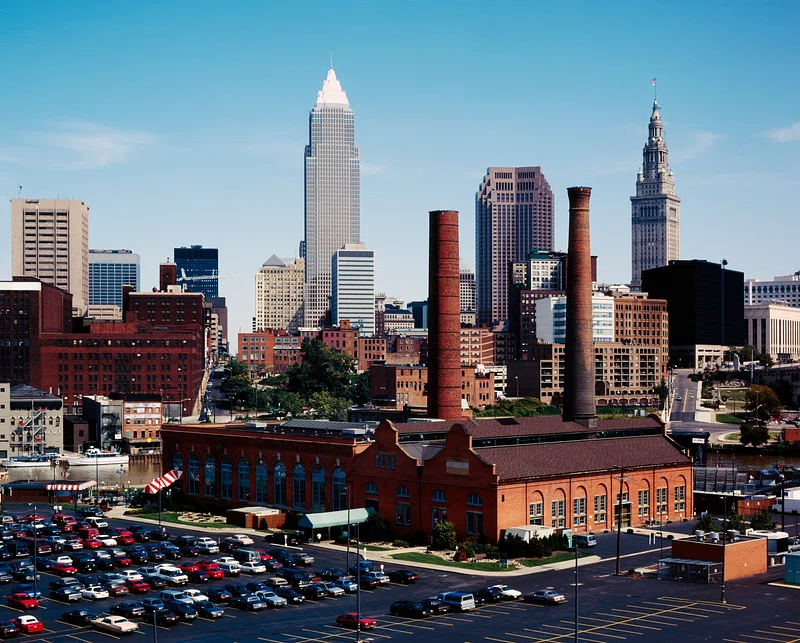
Cleveland stands out with one of the lowest ratios of housing cost to income nationally, making it surprisingly cheaper to own than rent. U.S. News & World Report notes homeowners there spend only about 20.6% of income on housing versus the national average of 36%. Monthly mortgage costs average around $1,309 compared to $1,340 in rent—saving buyers money over time. It’s a real win for first-time buyers focused on long-term financial health.
The city also offers educational perks and cultural growth—think the Cleveland Museum of Art and the resurging Flats district. Economy-wise, healthcare and manufacturing jobs support stable earnings. Buying here isn’t just cheaper—it’s also strategic. With low cost and lifestyle upsides, Cleveland’s making homeownership feel like a smart move again.
4. Memphis, Tennessee
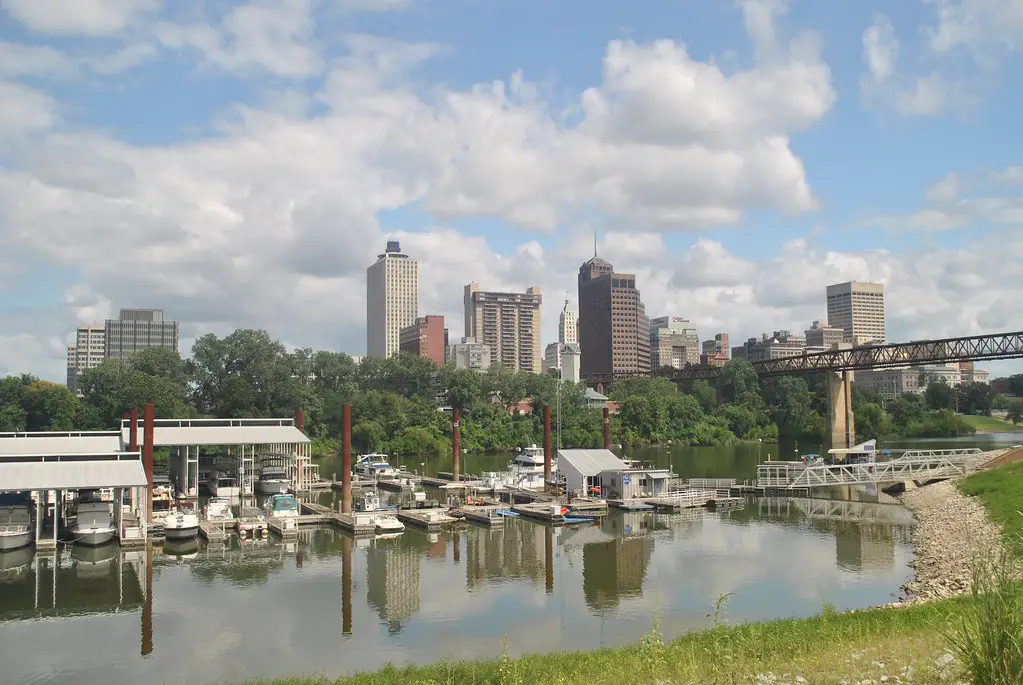
Memphis is another metro where buying has become significantly cheaper than renting. The Hill reports that monthly mortgage payments run about $847, while a two-bedroom rental averages $1,258—resulting in around $400 in monthly savings. That makes Memphis a rare gem in a pricey housing market. For bargain-conscious renters, it’s a golden opportunity.
With strong musical heritage, new jobs in logistics, and affordability, the city draws families and young professionals alike. New suburban builds add modern options at reasonable prices. Plus, the lower monthly cost means more leftover income for other goals. It’s a place where calm cash flow meets Southern charm.
5. Cincinnati, Ohio

In Cincinnati, homeownership now tucks in just a bit cheaper than renting. While the difference isn’t dramatic—mortgage costs hover around $1,643 versus $1,435 in rent—it still tips the scale in favor of buyers. That shift reflects slightly lower mortgage rates or coupling smaller down payments with good loan terms. It’s a sign that even mid‑sized metros can offer buying advantages again.
The city offers a mix of urban amenities in Over-the-Rhine and family-friendly suburbs like Hyde Park. Homebuyers also benefit from local incentives and modest property taxes. For renters considering a change, the math is finally tilting. Cincinnati now ticks the box for long-term value.
6. Buffalo, New York
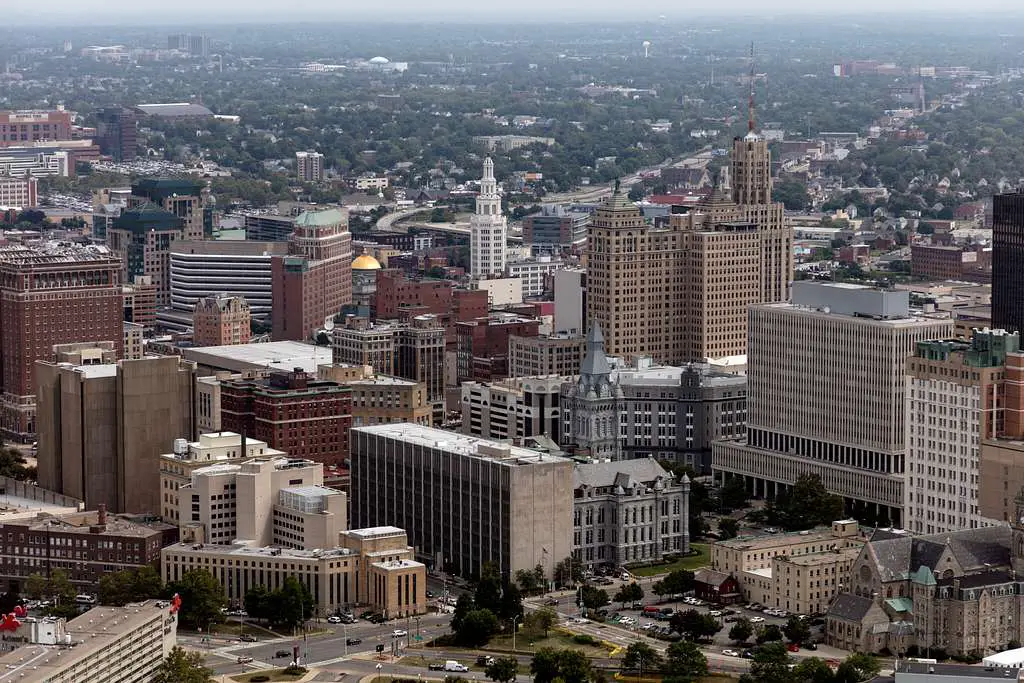
Buffalo’s housing market remains attractively priced given its cultural amenities and economic resurgence. The typical home value hovers near $229,955 while rents average $1,214, making buying more affordable over time. With new investments downtown and in the waterfront, the city is gaining momentum. Buyers can lock in low cost while enjoying city improvements.
Stabilized neighborhoods mean less churn and better resale potential. Additionally, first-time buyer programs are available, easing entry even further. The trend makes Buffalo a standout choice for renters seeking stability without sacrificing urban life. It’s a rare place where the balance feels just right.
7. Birmingham, Alabama
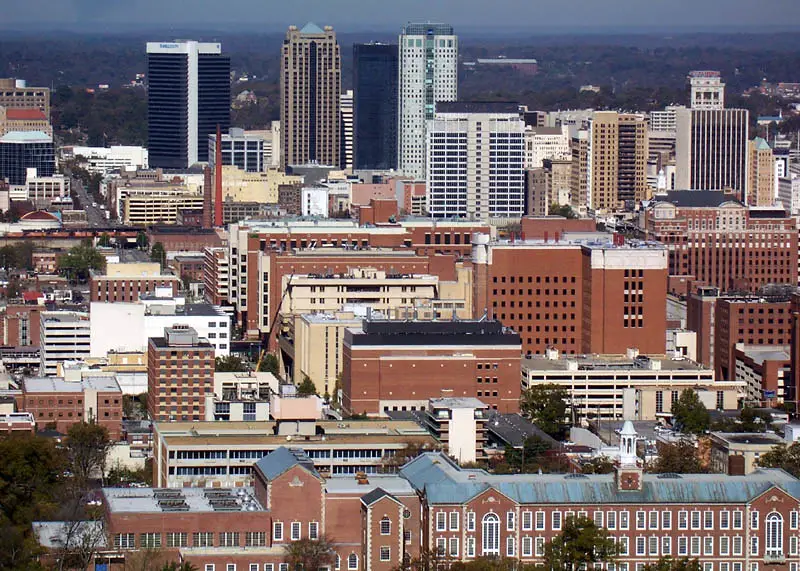
With rent and home costs nearly even, Birmingham has swung in favor of buyers. Average rent sits near $1,305 while mortgage payments reach about $1,511, earning it a small edge. It’s not dramatic, but occasionally an edge is enough. Especially in areas experiencing economic uplift and low taxes, Birmingham feels promising.
The city is revitalizing downtown with dining, tech jobs, and green space. Homebuyers can get more bang for their buck here than in larger Southern metros. That momentum is attracting attention from remote workers and young families. And if the market stays balanced—or shifts further—this affordability could last.
8. Indianapolis, Indiana
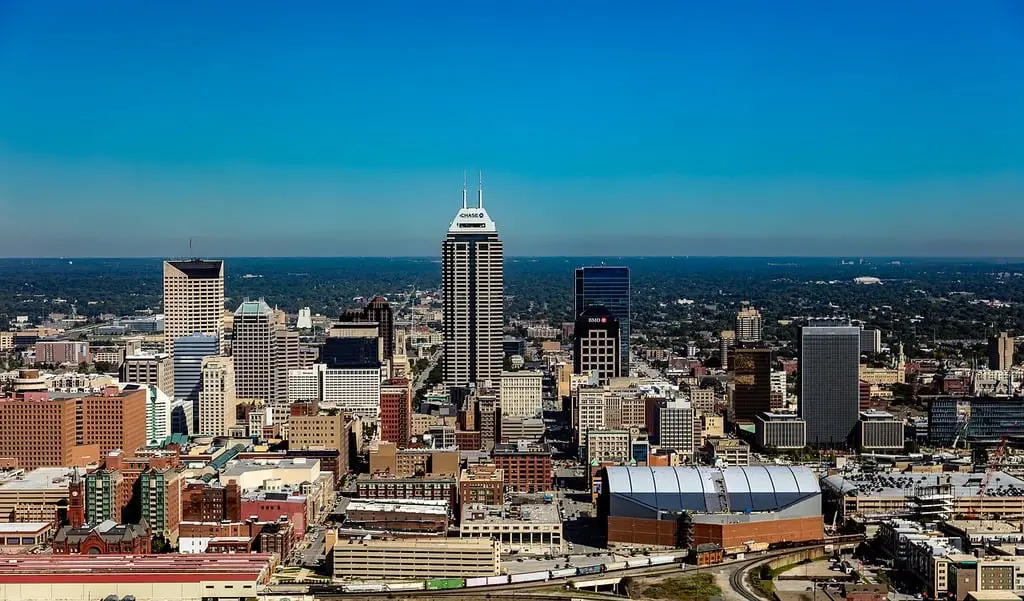
Indy remains one of the Midwest’s most reliable value propositions. With current mortgage payments near $1,694 and rents around $1,457, ownership can save you several hundred dollars a month . Home prices remain reasonable, thanks to supply and steady economic growth. For renters tired of rising rents, it’s finally time to invest.
With strong logistics, healthcare, and tech sectors, Indianapolis offers job stability. A good value comes packaged with new condos downtown and affordable homes in the suburbs. Neighborhood revitalization projects are adding lifestyle bonuses. It’s practically tailored for long-term buyers right now.
9. St. Louis, Missouri

St. Louis presents strong buying value, with homeownership costs at roughly $1,453 versus $1,309 in rent. Though not a huge savings, it’s still a financial win across recurring budget lines. Couple that with a cost-of-living index below national average, and it adds up. It’s a market increasingly friendly to buyers.
The city’s comeback includes new restaurants, parks, and restored historic neighborhoods. Low property taxes and inexpensive housing make it even more appealing. For those watching expenses, small monthly savings compound beautifully. In St. Louis, buying starts to feel downright smart.
10. Philadelphia, Pennsylvania

With typical mortgage costs near $2,083 and rent around $1,794 per month, buying in Philly saves buyers about $300 monthly. It’s one of the few major East Coast cities where ownership costs undercut rent. That’s a significant shift in a region known for high rents and taxes. And the benefit comes with the charm of cobblestone streets and rich arts scenes.
Philadelphia also boasts a strong job base in education, biotech, and healthcare. Programs for first-time buyers and historic property tax abatements sweeten the deal. Walkability and public transit make lifestyle upgrades easier. The city now feels like a viable option—not just a dream.
11. Kansas City, Missouri

Kansas City’s housing market continues to surprise as a hidden gem. With mortgage payments lower than rent—and the metro cost of living 12% below national average—owning becomes more feasible. Home prices hover around $250,000 even as the city expands. And it’s this blend of affordability and growth that attracts new buyers.
The city is seeing revitalized urban neighborhoods and growing cultural appeal. Even suburban options offer newer constructions at competitive prices. Long-term investors appreciate that equity here continues climbing. If you’re watching budgets, Kansas City’s a buying opportunity.
12. Columbus, Ohio
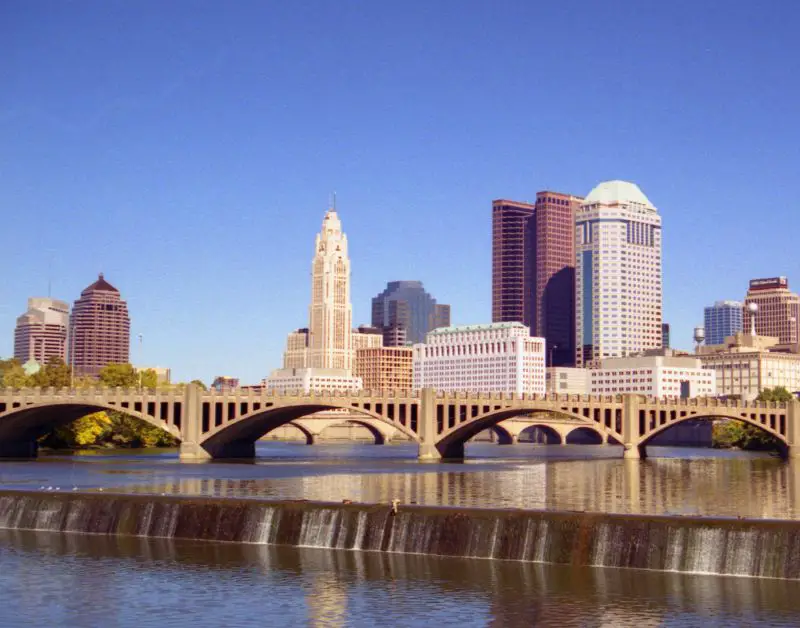
Columbus remains under the housing radar despite steady growth. Mortgage costs average $1,859, while rent hovers near $1,463—a monthly buying advantage of about $400. The metro is growing thanks to a diverse economy that includes tech, finance, and education. That stability keeps both rents and home prices reasonable.
First-time homebuyer incentives and new suburban developments boost the market. Plus, a younger demographic is fueling urban neighborhood updates. Buyers get space, community, and cost savings in one package. Columbus is cozying into the list of smart housing moves.
13. Milwaukee, Wisconsin
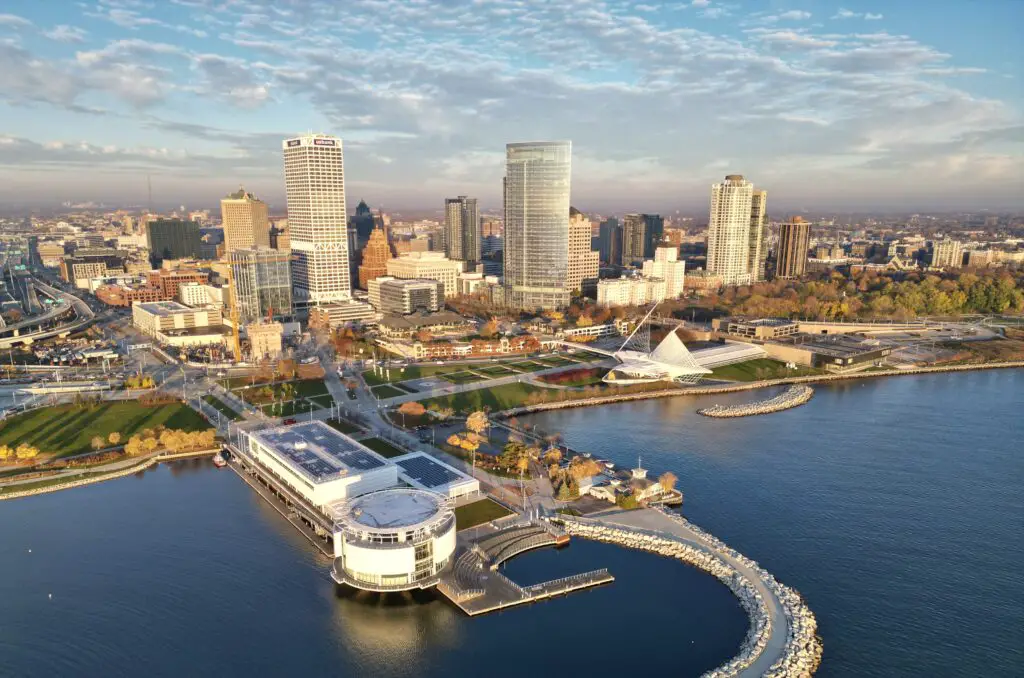
Milwaukee offers strong value, with mortgage payments of $1,854 compared to $1,214 in rent—creating about $640 in monthly savings . It’s one of the more striking comparisons on this list when it comes to mortgage affordability. The city’s steady growth and improving amenities attract both renters and buyers. For many, it’s now a place where owning is a smarter bet.
Milwaukee’s lakefront revitalization and arts scene give it unexpected cultural clout. Combined with affordability, it’s increasingly seen as a Midwest gem. Buyers can secure equity while enjoying city renewal. Monthly savings help explain why people are choosing to buy here.
14. Oklahoma City, Oklahoma
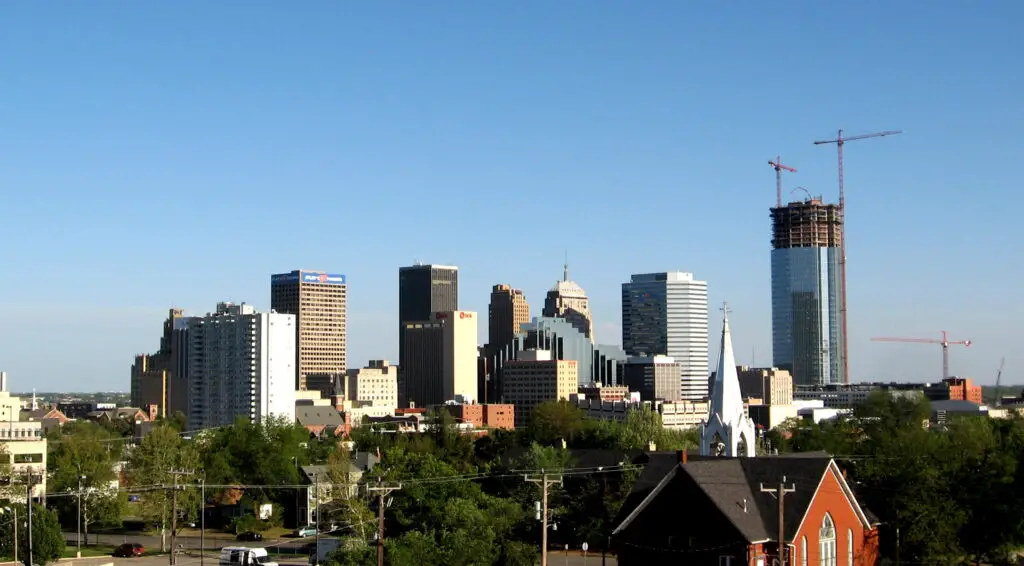
Oklahoma City may not dominate headlines, but its housing deal is compelling. With price-to-rent ratios around 14—well below the national average—it’s clearly cheaper to own than rent. The city offers a stable job market in energy, aerospace, and healthcare. Buyers benefit from land availability and low taxes.
New developments continue to offer modern, affordable homes. At the same time, downtown and suburban areas are seeing investment and charm. While it’s not flashy, OKC checks every box for value-driven buyers. And that, more than anything, makes it worth a second look.
